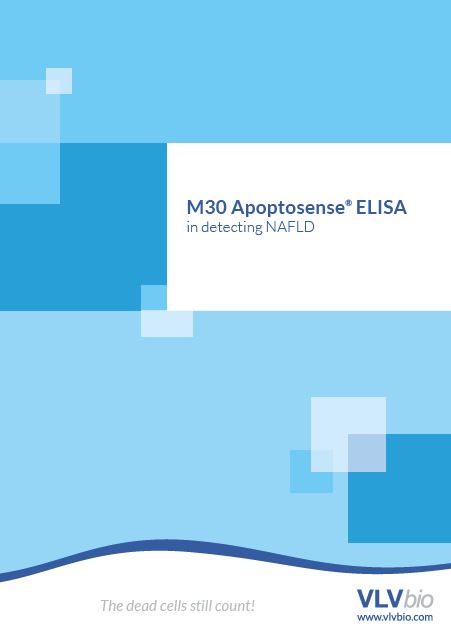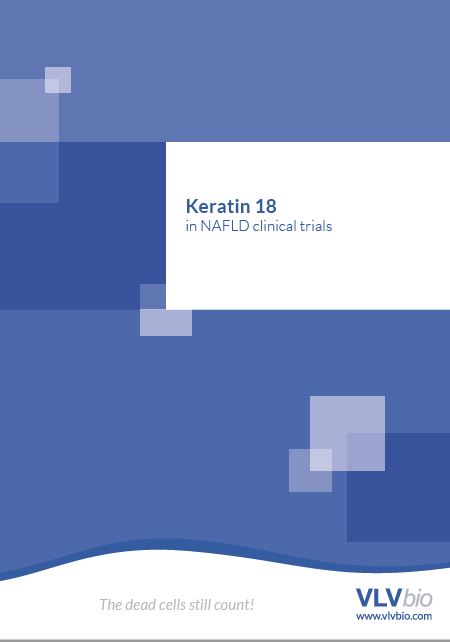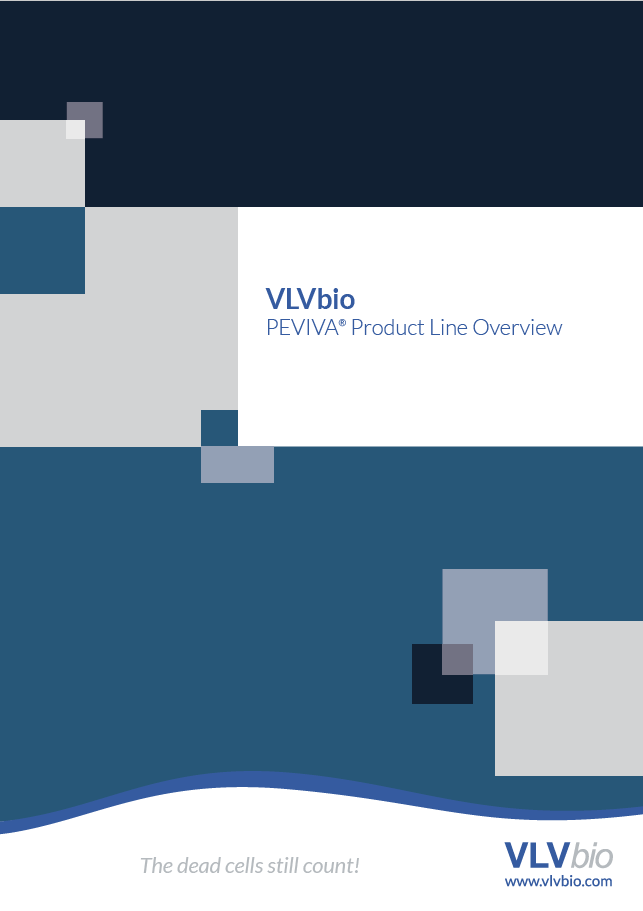News
26 May 2023
Brochures
M30 Apoptosense® ELISA in detecting NAFLD

- M30 Apoptosense® ELISA in detecting NAFLD
- – What is NAFLD and what is the role of K18 in NAFLD?
- – How can the M30® aid in staging NAFLD and detecting NASH?
- – How can M30® incorporating biomarker scores help in detecting fibrotic NASH?
26 May 2023
Brochures
Keratin 18 in NAFLD clinical trials

- Keratin 18 in NAFLD clinical trials
- – What is NAFLD and what is the role of K18 in NAFLD?
- – What are the main challenges in todays NAFLD clinical trials?
- – How can the VLVbio K18 assays aid in pre-screening subjects
for inclusion in the trials? - – How can the VLVbio K18 assays be used as an end-point in the trials?
26 May 2023
Brochures
M30 Apoptosense® ELISA in paediatric NAFLD

- M30 Apoptosense® ELISA in paediatric NAFLD
- – What is paediatric NAFLD and what is the role of K18 in NAFLD?
- – How can M30® aid in detecting NASH in children?
- – How can M30® be incorporated into screening of patients with
childhood obesity to identify metabolic complications?
26 May 2023
Brochures
Peviva Product Line Overview

- The full VLVbio K18 assays including the PEVIVA product line!
- – M30 Apoptosense® ELISA
- – M65® ELISA
- – M65 EpiDeath® ELISA
- – M30 CytoDeath™ ELISA
- – M65 EpiRat™ ELISA
11 October 2021
News
MEDICA 2021
MEDICA 2021 – Live in Düsseldorf!
Meet us at the MEDICA fair in Düsseldorf this November!
MEDICA is the world’s leading medical trade fair with thousands of visitors every year and we are happy to know that this year will be a live in-person fair again! We are very much looking forward to finally meeting our friends, colleagues, collaborators and all other stakeholders in the field. If you are also attending the fair, do not hesitate to reach out to us to book in a meeting. Looking forward to seeing you all there!
17 March 2020
News
Your Liver Campaign
VLVbio are proud to be a part of the 2020 Your Liver Campaign by Health Awareness UK!
Non-alcoholic fatty liver disease (NAFLD) is associated with risks of cancer, transplant and even death, yet few at risk of developing the disease are aware of the implications.

“The prevalence of NAFLD has increased significantly in industrialized countries in recent decades and is now at a high level globally. This is related to the so-called Western lifestyle; fast food, lifestyle changes and reduced physical activity” says Prof. Dr. Ali Canbay.
To help fight this silent disease, using non invasive biomarkers is of utmost importance. Dr Slavica Brnjic, CEO at VLVbio says:

“One of the pressing needs in the field is to implement non-invasive and low-cost techniques for diagnosing and staging NASH. Our work at VLVbio is to spread information on the disease as well as increase the acceptance and adoption of non-invasive diagnostic techniques.”
To give rise to awareness on this global disease, we recently worked with Health Awareness on the 2020 Your Liver campaign. A printed publication was enclosed within every copy of the Guardian newspaper and the content is available online, click the link below! The campaign featured exclusive content from key thought leaders and industry voices about the various liver conditions, treatment options and the importance of early diagnosis.
